Tourism Enhancement
Sydney, the vibrant metropolis nestled along Australia’s southeastern coast, has long been a beacon for travelers seeking sun-kissed beaches, iconic landmarks, and a rich cultural tapestry but now it needs a tourism enhancement.
As we step into a new era of global tourism, it’s essential to recognize both Sydney’s strengths and areas where we can do better.
Sydney needs to elevate its game and become an even more compelling destination for visitors.
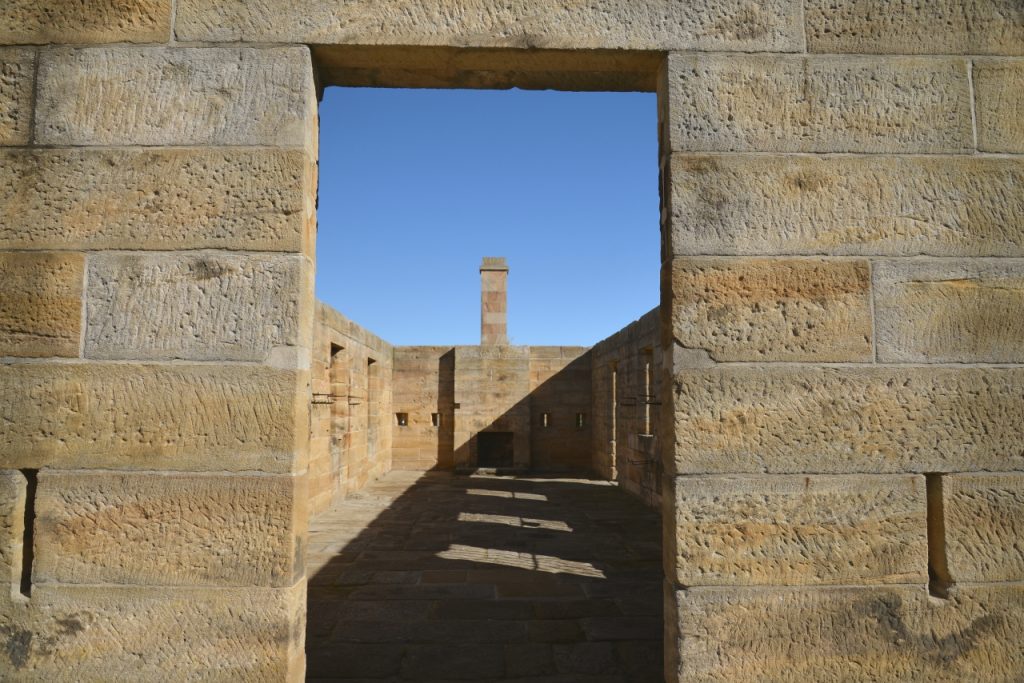
Why Sydney’s Allure Needs Tourism Enhancement
Natural Beauty
Sydney’s coastline is a mesmerizing blend of golden sands, azure waters, and rugged cliffs. Bondi Beach, with its crashing waves and lively atmosphere, epitomizes the Australian beach lifestyle.
The Royal Botanical Gardens offer a serene escape within the bustling city, where visitors can stroll amidst lush greenery and vibrant blooms.
Architectural Marvels
The Sydney Opera House, an architectural icon designed by Jørn Utzon, graces the harbor like a sculptural masterpiece. Its distinctive sail-like shells have become synonymous with Sydney’s identity. Tourists flock to its steps, hoping to capture that perfect Instagram-worthy shot.
Cultural Diversity
Sydney celebrates its multicultural heritage through festivals, food markets, and art exhibitions. From Chinatown’s bustling laneways to the vibrant neighborhoods of Newtown and Surry Hills, the city thrives on diversity. Visitors can savor flavors from around the world, explore indigenous art galleries, and attend performances that bridge cultures.
Where Sydney Can Improve Or Change
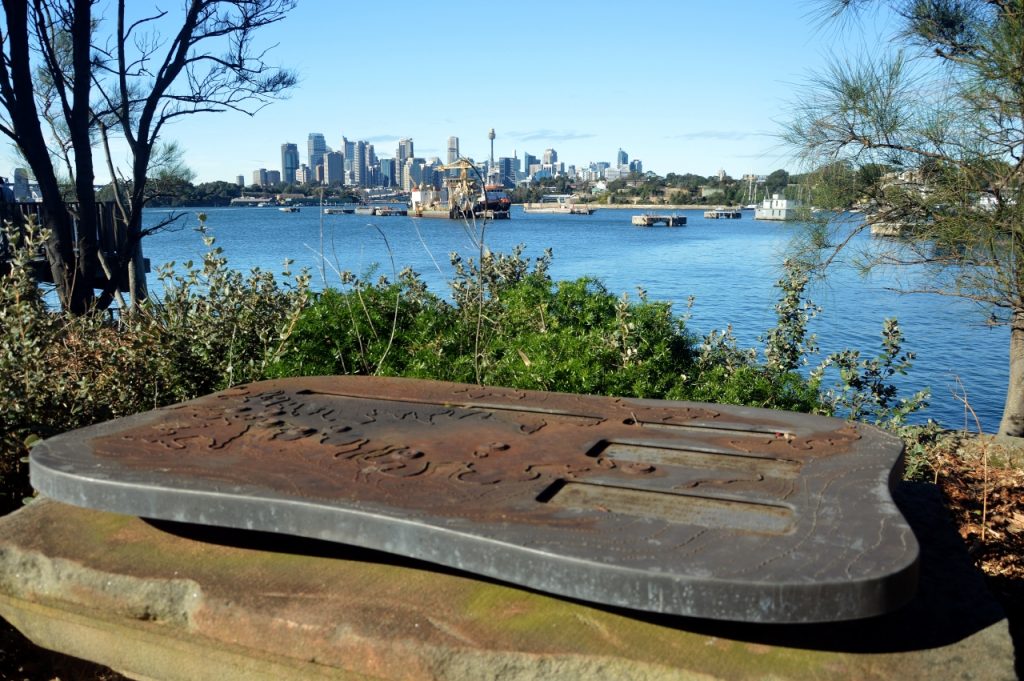
Infrastructure and Connectivity
While Sydney’s public transport system is functional, it could be more efficient. Enhancing connectivity between neighborhoods, improving signage, and investing in sustainable transportation options would make exploring the city easier for tourists.
Sustainable Practices
As a coastal city, Sydney faces environmental challenges. We must prioritize eco-friendly initiatives, such as reducing plastic waste, protecting marine ecosystems, and promoting responsible tourism. Imagine a Sydney where visitors actively participate in beach clean-ups and learn about local conservation efforts.
Authentic Experiences
Beyond the usual tourist hotspots, Sydney can offer authentic encounters. Imagine guided walks led by indigenous storytellers, showcasing the rich history and culture of the Eora Nation. Or perhaps visitors could join local chefs in bustling markets to learn about native ingredients and traditional recipes.
The Struggle to Balance Identity
Urbanization and Homogenization
As Sydney grows, it grapples with the tension between maintaining its unique identity and conforming to global urban norms. The pressure to be “just like any other city” can lead to homogenization—where distinctive features fade away in favor of generic structures. While modernization is essential, we must strike a balance that preserves Sydney’s character.
Infrastructure Strain
The influx of tourists strains existing infrastructure. Crowded public transport, traffic congestion, and overburdened facilities can diminish the visitor experience. Sydney must invest in sustainable infrastructure that caters to both residents and tourists, ensuring seamless mobility and efficient services.
Affordability and Gentrification
As property prices soar, affordable housing becomes scarce. Gentrification pushes out locals, altering the fabric of neighborhoods. A city overly focused on tourism risks losing its soul. Sydney needs policies that protect affordability, foster community, and prevent displacement.
The Path Forward
Sydney’s journey toward a balanced future involves collaboration among policymakers, businesses, and citizens. By embracing innovation, preserving heritage, and prioritizing inclusivity, we can create a vibrant, economically robust, and welcoming city—one that thrives without sacrificing its unique appeal.
A Political Dilemma
Globalization and Trade Agreements
Challenge -oliticians often navigate complex trade agreements and international relations. Encouraging foreign investment can strengthen diplomatic ties and open doors for Australian businesses abroad.
Consideration – While overseas businesses create jobs, we must ensure they contribute to our economy. Striking a balance between global partnerships and local interests is crucial.
Short-Term Gains vs. Long-Term Sustainability
Challenge – Immediate gains from foreign investment may seem attractive. However, long-term sustainability requires nurturing local industries, including tourism.
Consideration – Politicians face pressure to demonstrate quick results. Advocating for local tourism may require patience and strategic planning.
Lobbying and Campaign Funding
Challenge – Lobbying by multinational corporations can sway political decisions. Campaign funding from such entities may influence priorities.
Consideration – Transparency and accountability are essential. Citizens must hold politicians accountable for decisions that impact the economy.
The Way Forward
While politicians grapple with these complexities, citizens can advocate for a balanced approach. Supporting local tourism, emphasizing its economic benefits, and demanding accountability can shape policies that benefit both Australia and its visitors.
Navigating the Tourism Identity Tightrope
The Fear of Losing Authenticity
Challenge – Sydney and Australia grapple with the fear that excessive tourism might dilute their authenticity. The desire to showcase pristine landscapes, indigenous culture, and historical landmarks often clashes with the need to cater to mass tourism.
Consideration – Striking a balance involves promoting sustainable tourism—where visitors engage with local communities, respect cultural heritage, and contribute positively to the environment.
Economic Dependency vs. Cultural Integrity
Challenge – Tourism injects significant revenue into the economy. However, over-reliance on this sector can lead to cultural commodification, turning traditions into mere attractions.
Consideration – Policymakers must safeguard cultural integrity while maximizing economic benefits. This involves investing in education, promoting responsible tourism, and supporting local artisans.
The Global Perception
Challenge – How does the world perceive Sydney and Australia? Are they seen as vibrant, diverse, and forward-thinking, or do stereotypes prevail?
Consideration – Crafting a country’s identity involves strategic storytelling—highlighting innovation, inclusivity, and environmental stewardship. It’s about showcasing more than just kangaroos and opera houses.
Economic Dependency and Cultural Integrity
Economic Dependency
Definition
Economic dependency refers to a situation where a significant portion of a country’s revenue relies on a specific industry or sector. In Australia’s case, tourism plays a vital role in the economy, contributing to jobs, foreign exchange, and overall growth.
Implications
Positive – Tourism generates employment across various sectors—hotels, restaurants, transportation, and entertainment. It also boosts local businesses and stimulates economic activity.
Challenges – Overreliance on tourism can lead to vulnerability. Economic shocks (such as pandemics or geopolitical tensions) disproportionately affect countries heavily dependent on tourism.
Cultural Integrity
Definition
Cultural integrity encompasses preserving a nation’s unique identity, traditions, and heritage. It involves safeguarding indigenous knowledge, historical sites, and artistic expressions.
Implications
Positive – Cultural integrity fosters pride, community cohesion, and a sense of belonging. It attracts tourists seeking authentic experiences.
Challenges – Mass tourism can commodify culture, turning sacred sites into photo ops. Balancing commercial interests with cultural preservation is crucial.
The Australian Experience
1980s Transformation
Australia strategically shifted toward tourism as a key economic driver.
Sydney’s hosting of the 2000 Olympics showcased its cultural richness and natural beauty.
Indigenous tourism gained prominence, emphasizing cultural exchange and education.
Economic Impact
Jobs – Tourism employs millions—hotel staff, guides, artists, and more.
Exports – International tourists spend on accommodation, dining, and souvenirs.
Infrastructure – Investment in airports, attractions, and transport benefits locals.
Cultural Challenges
Balancing Act – Sydney’s Opera House and Bondi Beach attract millions, but preserving their essence amid crowds is delicate.
Authenticity – How do we share indigenous stories without commodifying them?
The “Shrimp on the Barbie” Phenomenon
Immediate Popularity
Origins – The phrase “put another shrimp on the barbie” originated from a 1984 television advertisement created by the Australian Tourism Commission.
Paul Hogan – The ad featured Paul Hogan, who later gained international fame as Mick Dundee in the Hollywood blockbuster “Crocodile Dundee.”
Global Attention – The catchphrase instantly transformed Australia from a distant and exotic land into a bucket-list destination for Americans.
Economic Impact
Tourism Surge – It is said Australia leaped from No. 78 to No. 7 on Americans’ list of most-desired holiday spots.
Increased Arrivals – US tourists flocked to Australia, resulting in a 25% annual increase in arrivals for four years.
Revenue Boost – Tourism injected significant revenue into the economy, creating jobs and stimulating local businesses.
Cultural Integrity vs. Cheesy Cliché
Mixed Reactions – While the ad succeeded globally, Australians cringe at the phrase “shrimp on the barbie.”
Authenticity – Balancing commercial interests with cultural preservation remains a challenge.
Legacy – Despite the eye-rolling, the campaign remains the most successful tourism initiative in Australia’s history.
In summary, the “Shrimp on the Barbie” ad not only put Australia on the map but also shaped perceptions of the country. It’s a reminder that even catchy clichés can have a profound impact on a nation’s identity.
Revisiting the “Shrimp on the Barbie” Approach
The Power of Effective Marketing
Past Success – The original campaign demonstrated that clever marketing can significantly boost tourism. It captured attention, created curiosity, and put Australia on the global travel map.
Today’s Landscape – In the digital age, marketing channels have expanded exponentially. Social media, influencers, and personalized content allow for targeted campaigns with broader reach.
Challenges and Opportunities
Increased Competition – The world is more connected than ever. Other countries aggressively promote their attractions. Australia must stand out amidst this competition.
Sustainable Tourism – Balancing economic gains with environmental and cultural preservation is crucial. Responsible tourism ensures long-term benefits.
The Effort Required
Beyond Catchphrases – While slogans matter, success demands more. Australia needs:
Strategic Vision – Clear goals and a cohesive national tourism strategy.
Investment – Infrastructure, training, and innovation.
Collaboration – Government, private sector, and local communities working together.
A New Era of Possibilities
The “Shrimp on the Barbie” idea can work again, but it requires adaptability, creativity, and sustained effort. Australia’s financial stability lies not only in catchy phrases but in a holistic approach that embraces authenticity, sustainability, and global engagement.
Conclusion
Sydney and Australia must embrace tourism while nurturing their essence. By celebrating uniqueness, fostering sustainable practices, and inviting global dialogue, they can build an enduring identity—one that resonates beyond postcards and hashtags.
Sydney’s potential lies not only in its postcard-perfect vistas but also in its ability to evolve. This Tourism Enhancement is vitally needed now.
Australia’s journey involves nurturing both economic prosperity and cultural authenticity. By fostering sustainable tourism, respecting indigenous heritage, and celebrating diversity, we can build an enduring legacy—one that enriches our economy while honoring our roots.
As a community, we can foster a more inclusive, sustainable, and enriching tourism experience. Let’s invite travelers to explore beyond the Opera House, to discover hidden gems, and to leave with memories that resonate long after they’ve departed our shores.
Together, we can ensure that Sydney remains a beacon—a city that captivates hearts, sparks curiosity, and leaves an indelible mark on every traveler’s journey.
Sydney & Australia Need A Tourism Enhancement – Photo By Mike Fernandes
Join the Conversation
What are your thoughts? Should Australia revisit the “Shrimp on the Barbie” approach? Do you believe catchy marketing campaigns can still have a significant impact on a country’s economy and identity? How can Australia strike the right balance between attracting tourists and preserving its cultural integrity? Share your insights!
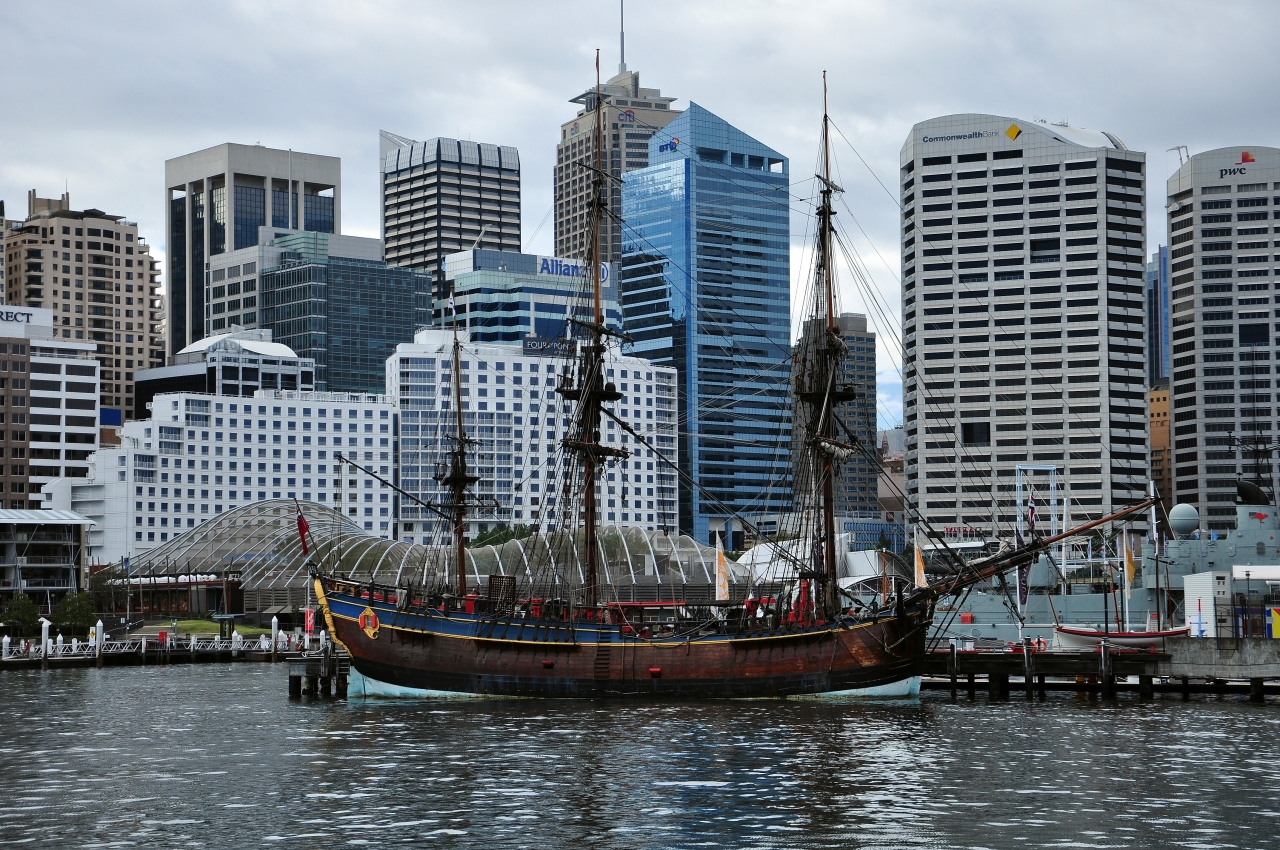
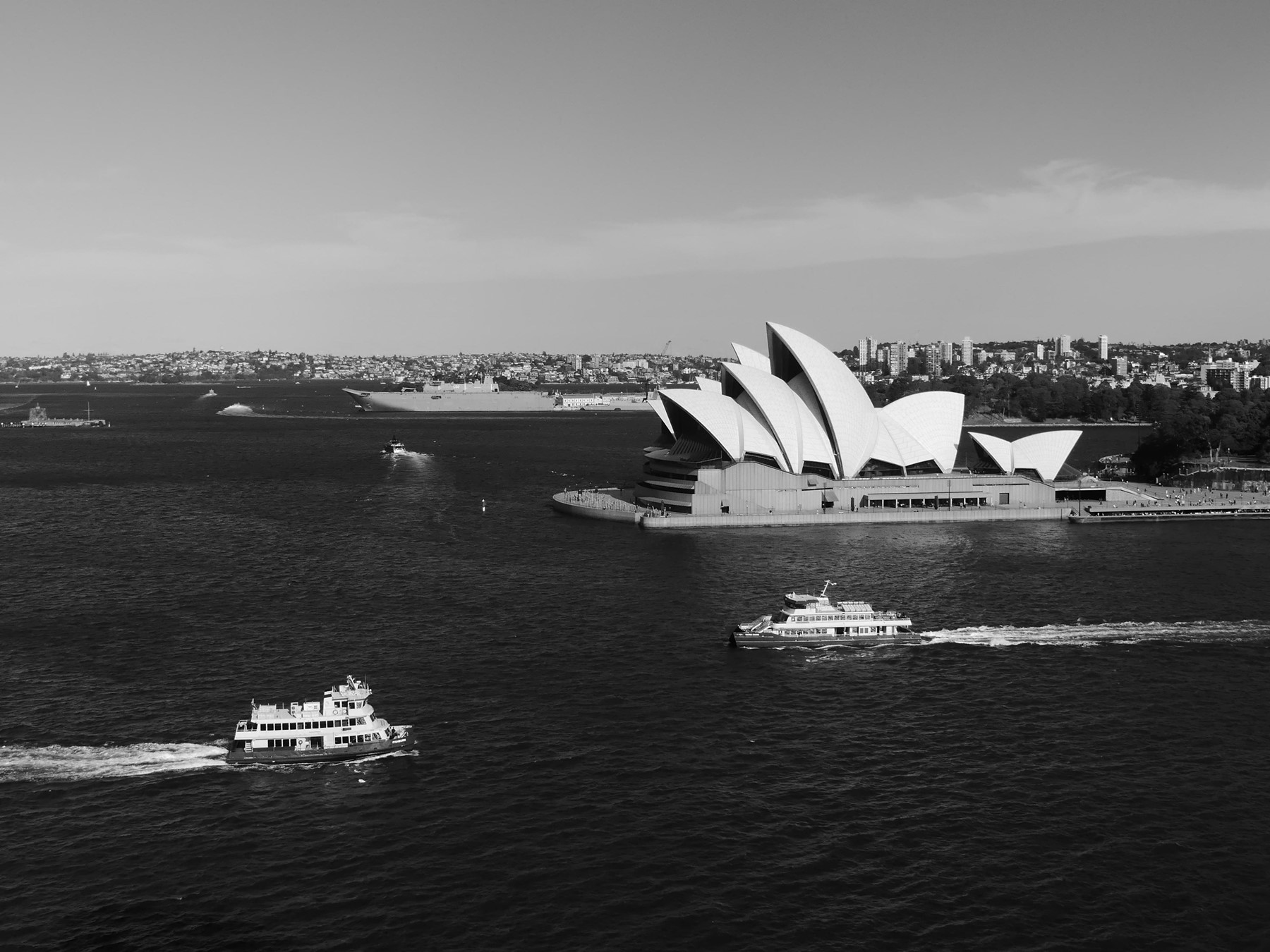
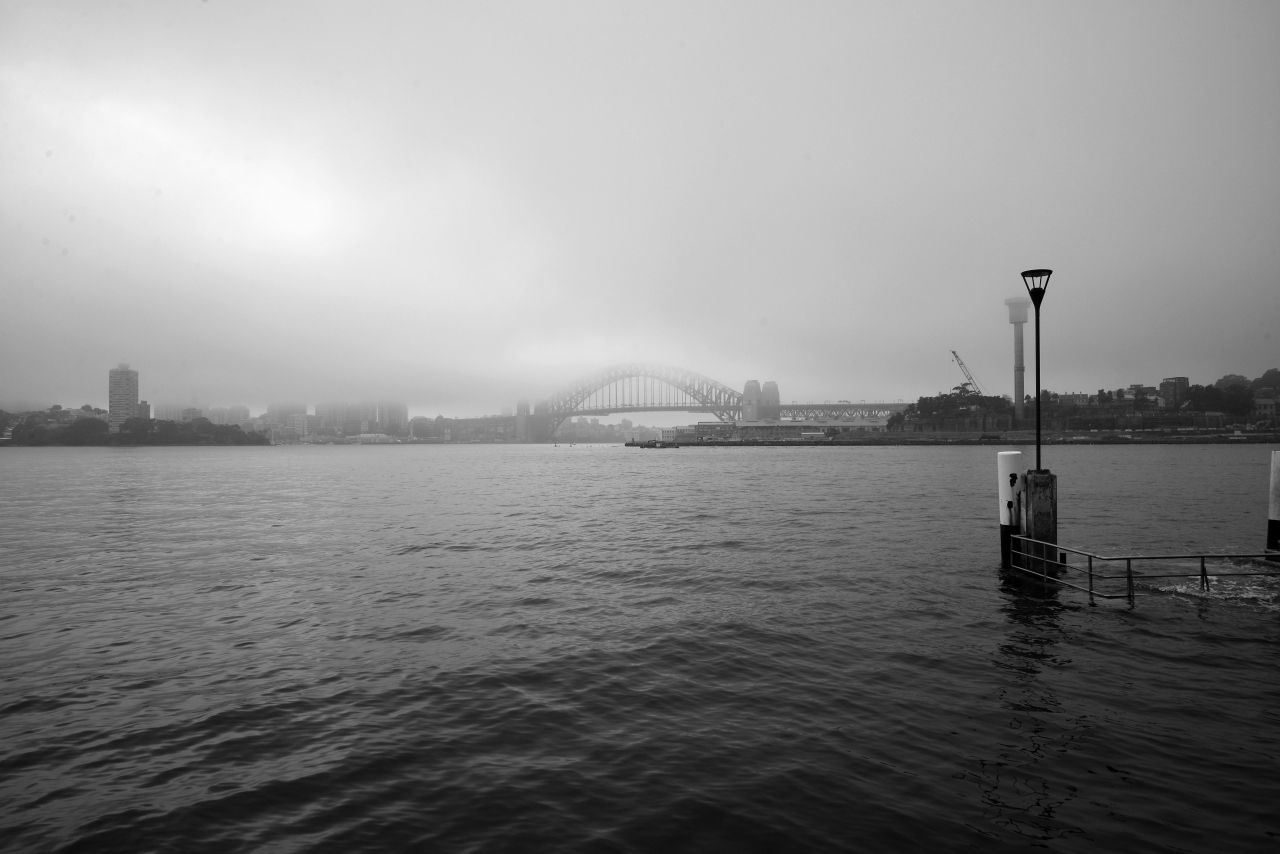
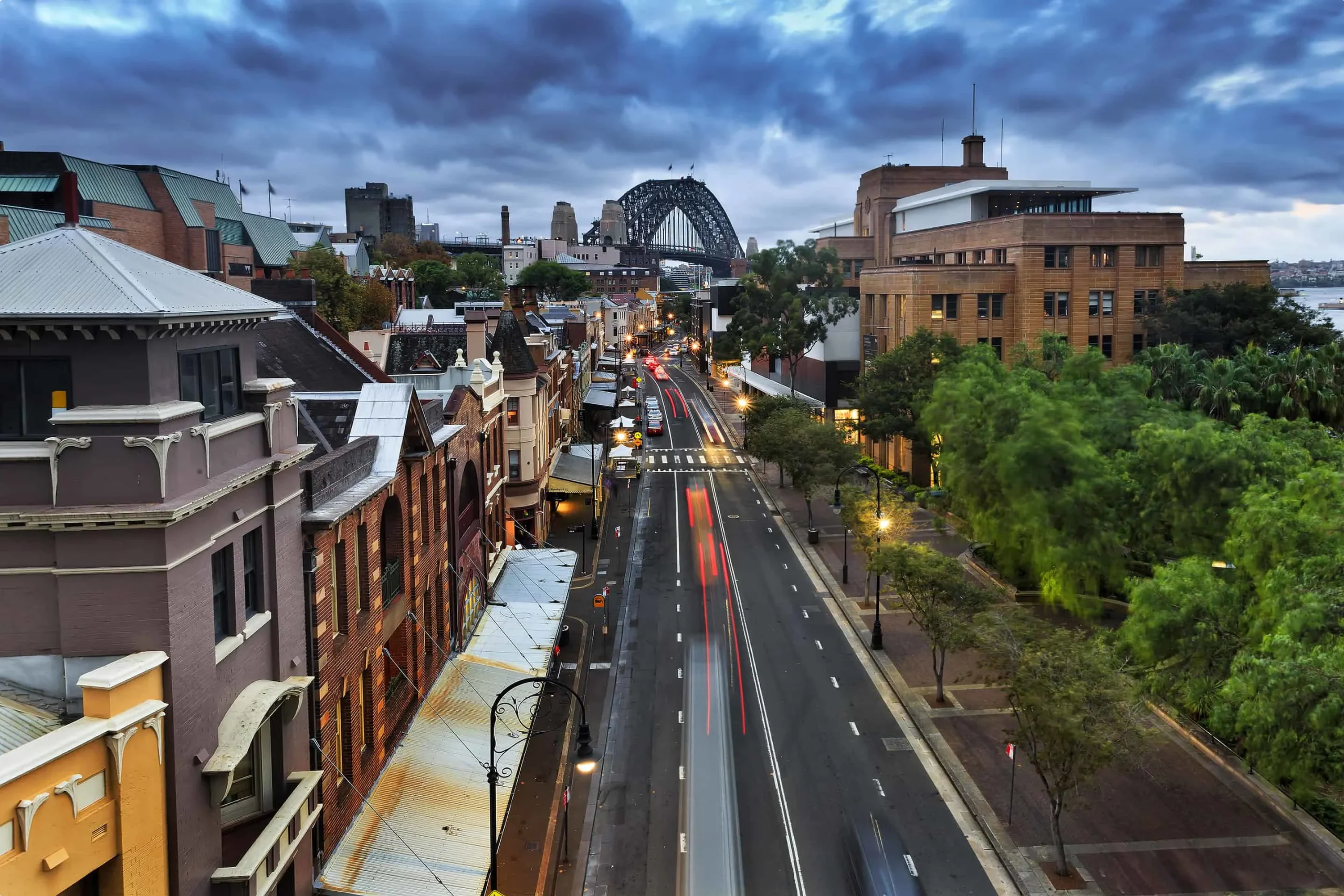
One thought on “Sydney Tourism Enhancement Needed”